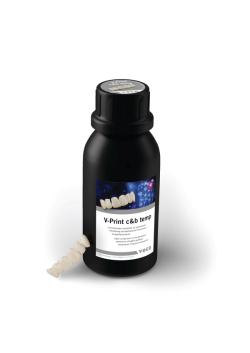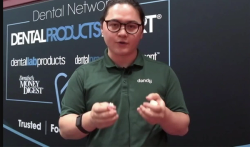- About Us
- Advertise
- Editorial
- Contact Us
- Terms and Conditions
- Privacy Policy
- Do Not Sell My Personal Information
© 2025 MJH Life Sciences™ and Dental Products Report. All rights reserved.
Formlabs Introduces Automation Ecosystem for New 3D Printing Capabilities
Three key aspects allow for boosted productivity, reduced labor, and lowered costs through Formlabs’s new Automation Ecosystem.
3D printing company Formlabs has announced its new Automation Ecosystem. This new system is said to boost productivity through its Form Auto, Fleet Control, and High Volume Resin System. These aspects reduce idle printer time and boost production, according to a press release from Formlabs. Users will expand to a full fleet of dental 3D printers, with the Automation Ecosystem touting increases in productivity while saving on labor, lowering cost per parts, and reducing package waste.
Form Auto enables automatic part removal, removing finished parts from Build Platform 2 using Quick Release Technology. After this, the next print can start right away, allowing for boosted productivity and no downtime. Prints can be queued for optimal time efficiency.
Fleet Control is said to optimize fleet productivity through its centralized queue management and automatic printer assignment. This fleet management protocol works with Form 3B+ and Form 3BL printer fleets.
The High Volume Resin System increases resin capacity to 5 liters. This is said to be 5 times the standard cartridge size which will allow users to create more parts without having to replace the cartridge as often.
All these aspects combine to create a fully robust and powerful ecosystem for any dental lab to take advantage of, according to Formlabs President of Healthcare Guillaume Bailliard.
“Formlabs is committed to supporting growth in digital dentistry by making 3D printing solutions that are affordable, accessible, and easy to use for the dental industry,” Bailliard said in the press release. “With the Automation Ecosystem, we’re delivering a seamless solution for ramping up production with 3D printer fleets so dental users can increase 3D printing of customized models and devices without increasing labor. This makes personalized care more affordable for both providers and patients, and we expect the ease and benefits of autonomous 3D printer fleets to further advance digital dentistry.”



